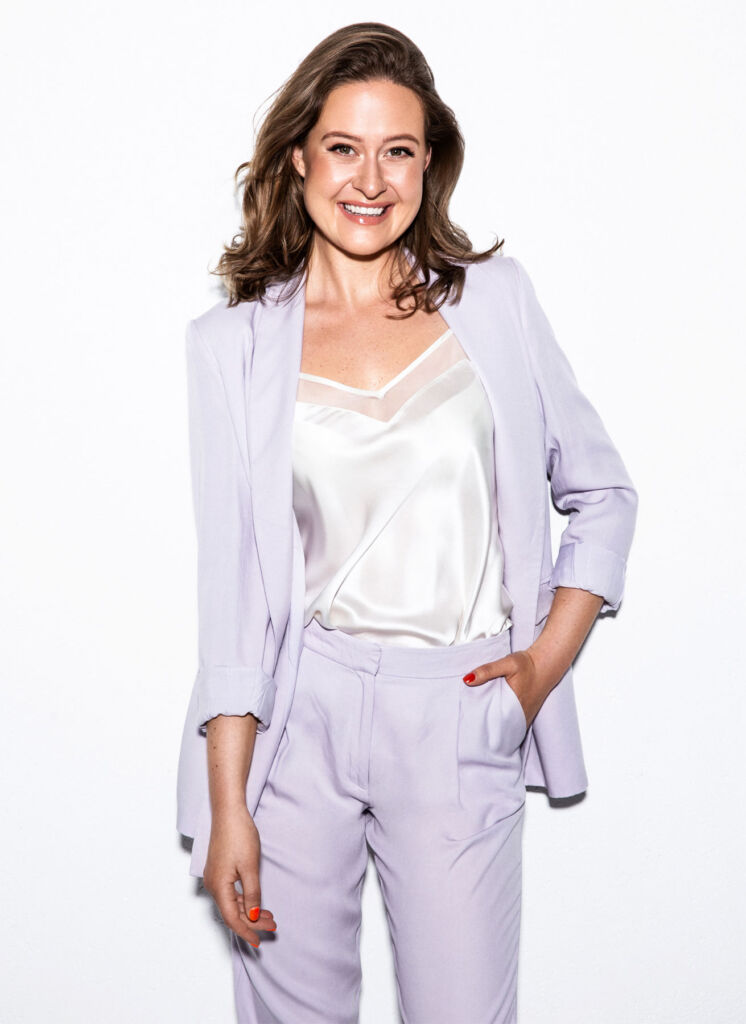
In Europe, just 1% of the textiles in new clothes are recycled, and the largest clothes producers and retailers are seemingly more focused on profit than sustainability. For this reason, some smaller ethical brands are attempting to redefine how a fashion business should operate in today’s world, and one of them is GRETES.
Sustainability is immensely important to me, perhaps more so than the global drive to help alleviate climate change, and both are something I research with keen interest. However, the more I look into the reasons offered for climate change, the purported cause and what’s demanded from the population, the more I feel there is an ulterior motive behind it.
One thing that is clear to me is how poor we are as a species at recycling, coupled with our lackadaisical approach to sustainability, and it’s something we need to address across the board as a matter of urgency.
Not all companies place sustainability on the back burner, giving me some hope for the future. GRETES, a sustainable sleepwear brand from Lithuania, is one of the many companies putting sustainability at the top of its priorities list and is the subject of this feature.
Grėtė Švėgždaitė, the founder of GRETES, told us that one European would produce over 15 kg of textile waste, and just 1% of it is recycled and made into new clothes. However, she believes that all is not lost. The good news is that the EU Strategy for Sustainable and Circular Textiles is making positive headway regarding the volume of textiles thrown into landfills. They are proposing to include more recycled materials in clothing designs, control greenwashing (you know how you are), and enforce clothing producer responsibility toward consumers.
Many businesses with a focus on ethics are also tackling the clothing recycling issue by returning their collections to the manufacturing chain and, at the same time, educating their consumers about eco-friendly fashion practices.

GRETES is an excellent example of how a business can be run whilst being sustainable. One way they are doing this is by using Naia™ cellulosic fibre made of sustainably sourced eucalyptus and pine pulp and is using this in its collections to promote eco-friendly fashion consumption. However, reducing the waste and environmental impact in luxury fashion is not a bed of roses, as GRETES founder, Grėtė Švėgždaitė, explains below:
Why not all fashion collections are recycled
Fashion giants like Boohoo, Forever 21, Asos, and H&M use many synthetic materials in their collections, which release billions of polluting microfibers to the environment. However, eliminating polyester and other synthetic textiles from their collections would be prohibitively costly, making it difficult for them to produce recyclable clothing.
 “Natural textiles made of silk, cotton, and linen are much easier to recycle than polyester, which, unfortunately, is used by many fashion brands because it is cheap and durable. Although some big brands attempt to minimise waste by using polyester made of recycled plastic, this kind of fabric is ultimately the end product and cannot be recycled again, this way ending the circle of textile recycling,” says Grėtė.
“Natural textiles made of silk, cotton, and linen are much easier to recycle than polyester, which, unfortunately, is used by many fashion brands because it is cheap and durable. Although some big brands attempt to minimise waste by using polyester made of recycled plastic, this kind of fabric is ultimately the end product and cannot be recycled again, this way ending the circle of textile recycling,” says Grėtė.
To qualify for full recycling and conversion into another product, a clothing item must be 100% made of a natural material.
“Very few recycling factories accept clothes made from several different fabrics, for instance, 95% cotton and 5% elastane. In such cases, the cotton is recycled, and elastane is burned, which, unfortunately, still leaves an environmental impact,” she added.
That said, sourcing natural textiles can sometimes negatively impact the environment. For instance, one kilogram of silk requires boiling 6,600 silkworms alive. Another example is it takes up to 20K litres of water to grow one kilogram of cotton. Therefore, the best solution is to use recycled plant-based materials that are already sustainably produced, which will minimise the fashion industry’s detrimental footprint.
How GRETES is Recycling Sleepwear into Yarn
GRETES plans to turn recycled sleepwear into yarn that other manufacturers can use, returning the fabric to the manufacturing chain and reducing the strain on landfills.
“The recycling option allows us to minimise the production waste by reusing material scraps or trial models left after producing the collection. Also, instead of throwing worn sleepwear away, consumers are urged to send it back for recycling, this way making them allies in our eco-friendly fashion journey,” she said.
The luxury sleepwear company is also collaborating with a German company, I:CO, to recycle sleep and loungewear. Clothing items still in good condition will be sent to the second-hand market, while those no longer fit for purpose will be recycled into yarn.
You can learn more about GRETES and their sustainable fashion mission on its website https://gretes.com/.
Read more lifestyle news and features here.

![]()




You must be logged in to post a comment.